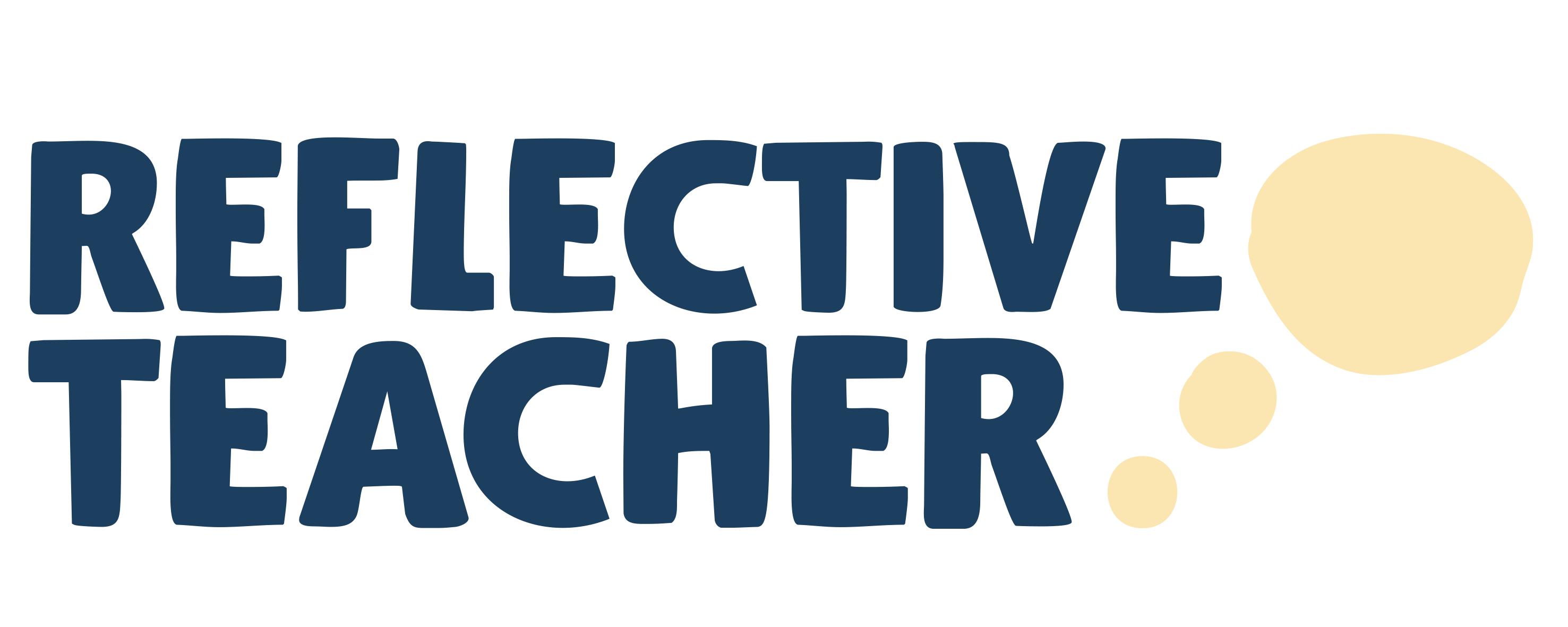Are you looking to take your teaching skills to the next level? Reflective teaching might just be the secret ingredient you need to unlock personal and professional growth. In this article, we will explore how reflective teaching can help you become a more effective educator and enhance your overall practice.
Reflective teaching is a process that involves self-assessment and critical analysis of your teaching methods, strategies, and interactions with students. It allows you to examine your teaching practices, identify strengths and weaknesses, and make informed changes to improve student outcomes.
By engaging in reflective teaching, you can gain valuable insights into your teaching style, classroom management techniques, and student engagement strategies. It provides an opportunity for self-reflection and continuous improvement, leading to enhanced teaching effectiveness.
In this article, we will discuss the benefits of reflective teaching, explore practical strategies to incorporate it into your daily practice, and highlight real-life examples of educators who have successfully implemented reflective teaching methodologies.
Whether you are an experienced teacher or just starting out, reflective teaching can help you develop professionally, provide better educational experiences for your students, and ultimately unlock your full potential as an educator. Let’s dive in and discover the transformative power of reflective teaching.
What is reflective teaching?
Reflective teaching is a process that involves self-assessment and critical analysis of your teaching methods, strategies, and interactions with students. It allows you to examine your teaching practices, identify strengths and weaknesses, and make informed changes to improve student outcomes.
Reflective teaching goes beyond simply delivering lessons and grading assignments. It is about actively reflecting on your teaching experiences and using that information to enhance your instructional approaches. By engaging in reflective teaching, you can gain valuable insights into your teaching style, classroom management techniques, and student engagement strategies.
The importance of reflective teaching
Reflective teaching is crucial for personal and professional growth because it provides an opportunity for self-reflection and continuous improvement. It allows you to learn from your experiences and make adjustments to your teaching methods based on what you discover.
By reflecting on your teaching practices, you can identify what is working well and what needs improvement. This self-awareness helps you become a more effective educator and ensures that you are meeting the needs of your students.
Moreover, reflective teaching fosters a growth mindset, which is essential for professional development. It encourages you to embrace challenges, seek feedback, and continuously strive for improvement.

Benefits of reflective teaching
Reflective teaching offers numerous benefits for educators. Firstly, it enhances your teaching effectiveness. By analyzing your teaching practices and reflecting on the outcomes, you can make informed decisions about what instructional strategies to continue using and which ones to modify or discard.
Secondly, reflective teaching promotes student engagement and learning. When you take the time to reflect on your lessons, you can identify areas where students struggled or disengaged. This allows you to adapt your teaching methods to better meet the needs of your students, resulting in improved learning outcomes.
Additionally, reflective teaching helps you build stronger relationships with your students. By reflecting on your interactions with students, you can identify areas where you may need to adjust your approach to better connect with them. This fosters a positive classroom environment and enhances student engagement.
How to start practicing reflective teaching
Incorporating reflective teaching into your daily practice doesn’t have to be overwhelming. Here are some practical strategies to get started:
1. Journaling: Take a few minutes each day to write down your thoughts and reflections on your teaching experiences. This can help you identify patterns and areas for improvement.
2. Peer observation and feedback: Collaborate with colleagues and invite them to observe your teaching. Their feedback and insights can provide valuable perspectives and help you gain new insights into your teaching practices.
3. Video recording: Consider recording your lessons and reviewing them later. This allows you to observe your teaching from a different perspective and identify areas for improvement.
4. Self-assessment tools: Utilize self-assessment tools such as checklists or rubrics to evaluate your teaching practices. This can provide a structured framework for reflection and help you identify areas for growth.
Remember, reflective teaching is a process, and it takes time to develop the habit of self-reflection. Start small and gradually incorporate reflective practices into your daily routine.
Strategies for effective reflective teaching
To make the most of your reflective teaching practice, consider the following strategies:
1. Set goals: Establish specific and measurable goals for your teaching practice. This will give you a clear direction and focus for your reflections.
2. Seek multiple perspectives: Gather feedback from students, colleagues, and administrators to gain a comprehensive understanding of your teaching effectiveness. Different perspectives can provide valuable insights and help you identify blind spots.
3. Analyze data: Use student data, assessments, and evaluations to inform your reflections. Analyzing data can help you identify patterns and trends that can guide your instructional decisions.
4. Experiment and iterate: Embrace a mindset of experimentation and continuous improvement. Try new teaching strategies, assess their impact, and make adjustments as needed.
5. Reflect on successes and challenges: Take the time to reflect on both your successes and challenges. Celebrate your accomplishments and learn from your setbacks.
Remember, reflection is not about self-criticism but rather about growth and improvement. Embrace a positive and constructive approach to your reflections.
Reflective teaching tools and resources
Several tools and resources can support your reflective teaching practice. Here are a few examples:
1. Reflective journals: Use online or physical journals to document your reflections and thoughts.
2. Peer observation protocols: Collaborate with colleagues to develop observation protocols that provide specific areas for feedback and reflection.
3. Professional learning communities: Join or create a professional learning community where educators can share insights, resources, and reflections.
4. Educational conferences and workshops: Attend conferences and workshops focused on reflective teaching to learn from experts and gain inspiration.
Remember to leverage technology and explore online platforms, blogs, and forums dedicated to reflective teaching. These resources can provide valuable insights and ideas for your practice.
The role of feedback in reflective teaching
Feedback plays a crucial role in reflective teaching. Seeking feedback from students, colleagues, and administrators helps you gain different perspectives and identify areas for growth.
When receiving feedback, it’s important to approach it with an open mind and a willingness to learn. Reflect on the feedback provided, analyse it objectively, and consider how it aligns with your goals and observations.
Additionally, provide opportunities for your students to provide feedback on your teaching. This can be done through anonymous surveys or informal discussions. Their feedback can offer valuable insights into your teaching methods and help you make informed adjustments.
Reflective teaching and professional development
Reflective teaching is deeply intertwined with professional development. By actively engaging in reflection, you can identify areas for growth and seek out professional development opportunities that align with your needs.
Consider attending workshops, webinars, or pursuing additional certifications or degrees that focus on areas you identified for improvement. Engaging in professional development opportunities can provide you with new strategies, resources, and networks to support your growth as an educator.
Furthermore, reflective teaching can contribute to your professional portfolio and provide evidence of your commitment to growth and improvement. It can be a valuable asset when seeking new career opportunities or advancements within your current role.
Conclusion: Embracing reflective teaching for personal and professional growth
Reflective teaching offers a transformative path for educators seeking personal and professional growth. By engaging in self-assessment, critical analysis, and continuous improvement, you can enhance your teaching effectiveness, promote student engagement and learning, and build stronger relationships with your students.
Remember, reflective teaching is a journey, not a destination. Embrace the process, be open to feedback, and continuously seek opportunities for growth and improvement. By unlocking the secrets of reflective teaching, you can unlock your full potential as an educator and provide better educational experiences for your students. Start your reflective teaching journey today and watch your practice flourish.



Comments are closed